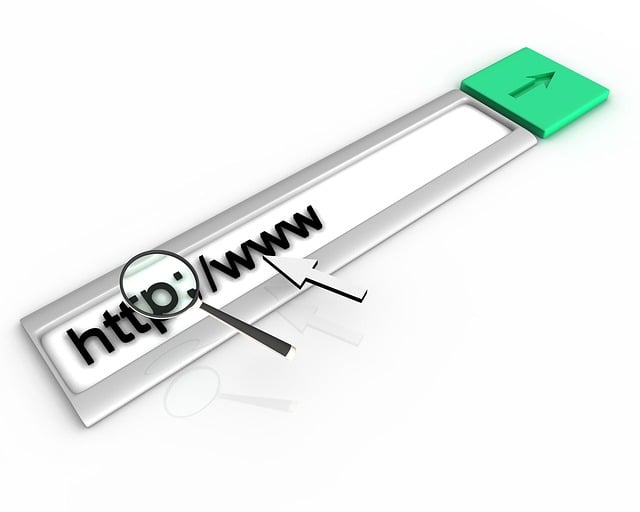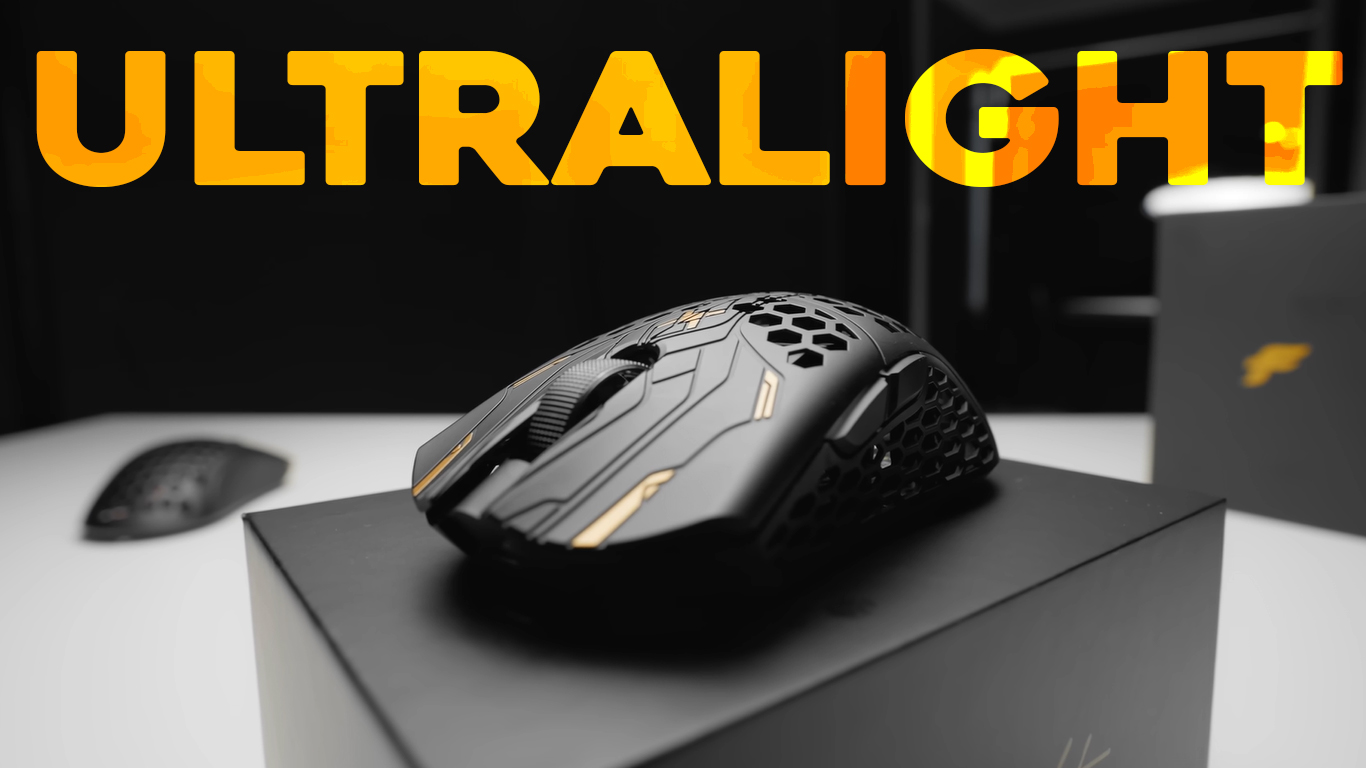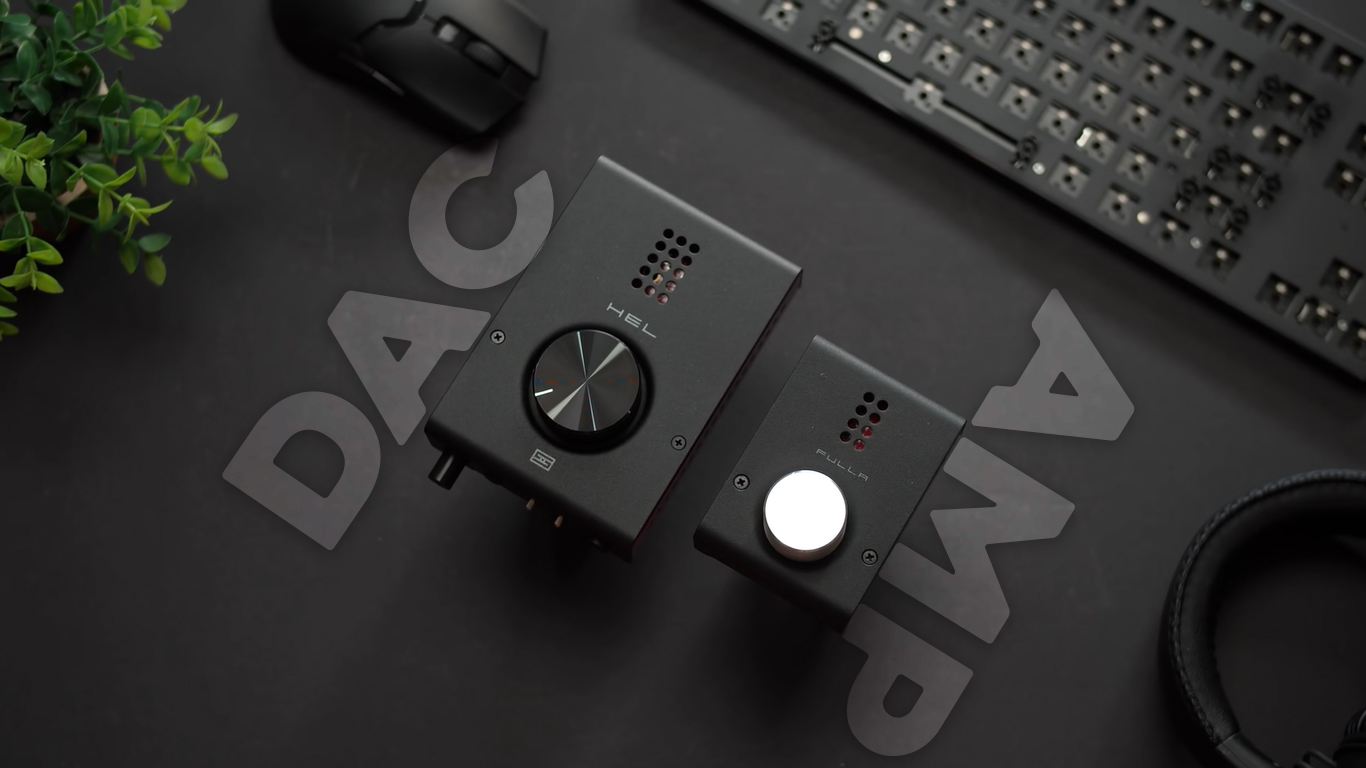- Public WiFi can be dangerous as it can be a source of man-in-the-middle (MITM) attacks, so the best thing you can do is to make sure you connect to a legitimate, secure network.
- Still, it’s best to use only HTTPS websites and a VPN and not transfer sensitive information over any public WiFi connection.
In an era where connectivity is king, we all want to stay connected to the internet so we don’t miss a thing. Public Wi-Fi is a godsend in that case, and you’ll find it in most places outside your home, be it an airport, a restaurant, or a library. You may be tempted to connect to it to save a bit of battery on your phone or save up on cellular data, but is it really safe?
Public Wi-Fi Is Risky, But…

The dangers of public Wi-Fi mostly arise from unsecured Wi-Fi connections that intend to target you. Attackers tend to leverage the “evil twins” method to lure you, where they’ll have a name Wi-Fi network name similar to a legitimate one (like McDonald’s WiFi vs McDonald’s Free WiFi). Once you’re connected to an unsecured network, a hacker can monitor all your activity and even remotely control your phone by injecting malicious data through the network.
Although the chances of your device getting hijacked are slim since it will have security measures (like antivirus) to prevent such attacks, you shouldn’t take the chance.
Be Vary Of Unsecure Websites
The next danger lies in unsecured (HTTP) websites. Fortunately, you also don’t have to worry about this (most likely). That’s because 85.7% of all websites are now HTTPS encrypted. Also, both Android and iOS mobile apps are required to be HTTPS encrypted so you’re safe on your mobile phone.
If a website is HTTP, its traffic can be easily intercepted by a user on the same network. However, while traffic can still be intercepted on HTTPS websites, it’s very difficult to decrypt the information in them. A hacker could, at most, see the domain name or the messages you send.
How Do I Recognize Shady Wi-Fi Networks?
There are a few common signs of a Wi-Fi network that’s probably not authentic:
- No encryption: A Wi-Fi network that is not password-protected has most likely been set up for cyberattacks.
- Evil twins: If you come across a Wi-Fi network with a name that is the same as or resembles one you’re likely to see (as explained above), one of these is a fake Wi-Fi network trying to bait you.
- Free WiFi: If you see a Wi-Fi network named something vague, like “Free Starbucks WiFi” – basically anything that says free, it’s probably a network set up to hack your device.
Just In Case

Even if you connect to an encrypted Wi-Fi network, there are further steps you can take to ensure your security:
- Ensure you’re connecting to the right network: When connecting to the public Wi-Fi in a restaurant, hotel, etc., ask a staff member to confirm that you’re connecting to the right network.
- Use a VPN: A virtual private network will hide your IP address and web activity, so potential hackers cannot intercept the traffic moving across your device.
- Stay clear of HTTP websites: HTTP websites leave you vulnerable to attacks, as other users can easily track your activity. Web browsers like Google Chrome and Mozilla Firefox now have built-in features to force an HTTPS connection on websites that support it.
- Don’t access sensitive information: It’s not recommended to access sensitive information, like your banking app, while using a public network.
- Enable 2-factor authentication: It’s a good idea to use 2-factor authentication on any website/app with the feature. When you do that, a hacker won’t be able to log in to any accounts even if they have your login information.
You’re Most Likely Safe
As long as you’re connected to a legitimate network, you have nothing to worry about. Even if you happen to connect to a network set up to attack you, there is little that can be done by the attacker if you take a few precautions. Taking steps like ensuring your device’s firewall is on, using a VPN, and avoiding unsecure websites, will keep you safe.
In any case, you should try to ensure that the WiFi you’re connecting to is legitimate and minimize the transfer of sensitive data while you’re connected to a public network.
Thank you! Please share your positive feedback. 🔋
How could we improve this post? Please Help us. 😔
[Hardware Reviewer]
Hi! I’m Ali Tauseef, and I have been writing for Tech4Gamers since 2022. I love all things computer hardware but am particularly fond of CPUs and motherboards, and I like to stay up-to-date about the latest advancements in these worlds, and when possible, write about it. When I’m not doing that, I like to get into a little FPS action in CS2 or get lost in the vast world of RDR2.
Get In Touch: ali@tech4gamers.com


 Threads
Threads

